Understanding dashboard warning lights in your MG GT is essential for maintaining vehicle safety and preventing costly damage. These indicators alert you to potential issues ranging from minor maintenance needs to critical failures that could lead to accidents or breakdowns.
By recognizing and responding promptly, you can ensure a safer drive, extend your car’s lifespan, and avoid roadside emergencies.
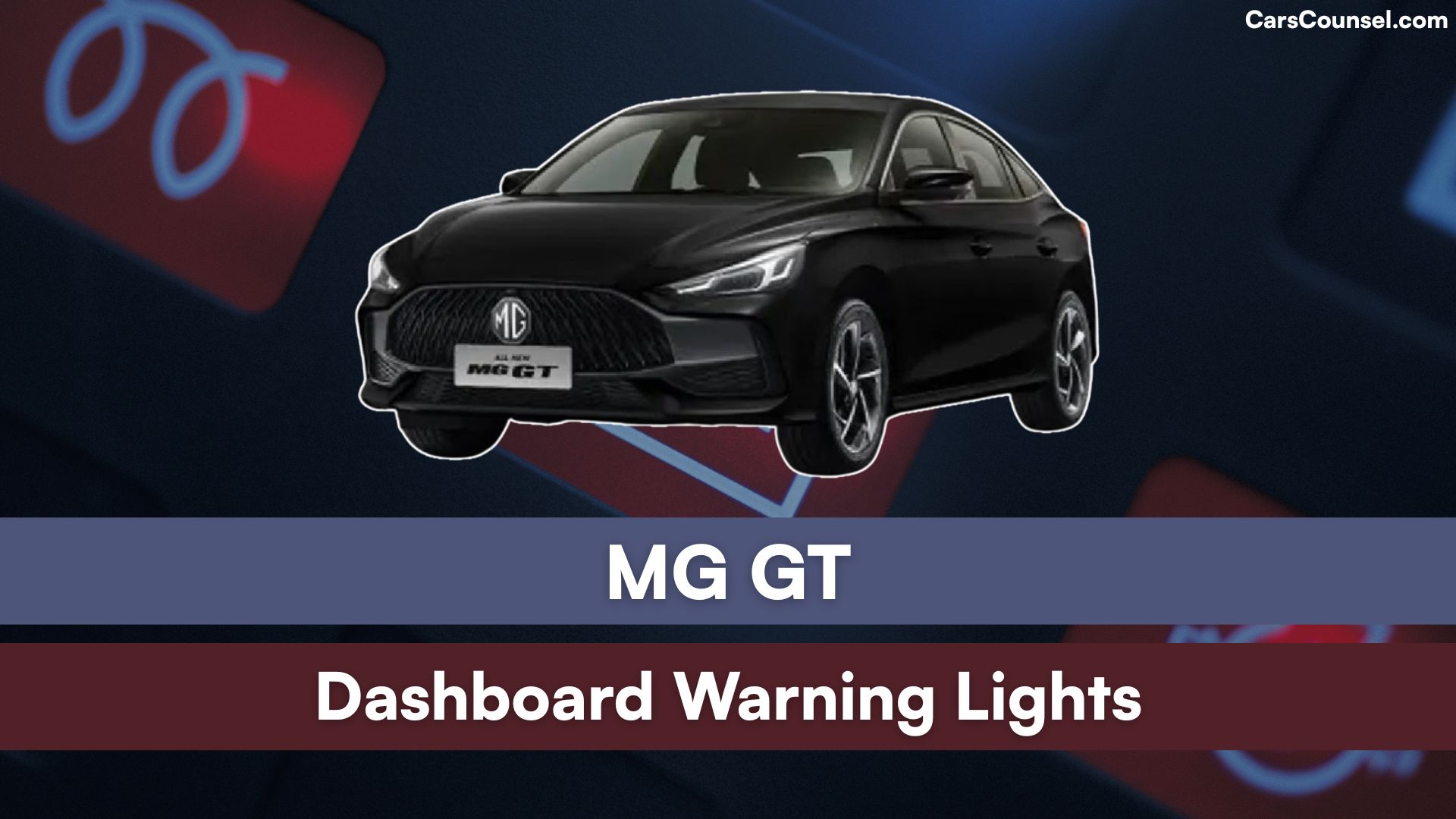
Quick Navigation
Red Warning Lights (Stop Immediately)
These lights signal urgent problems that require you to pull over safely and stop driving right away to prevent serious damage or danger.
Engine Oil Pressure
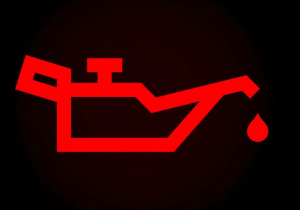
This light means low oil pressure, which could cause engine damage from lack of lubrication. Possible causes include low oil levels or a faulty pump. Stop the car immediately, check the oil level, and add oil if needed; do not drive until fixed by a mechanic.
Brake System Alert
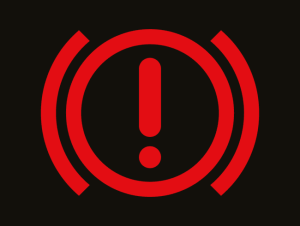
Indicates a problem with the brakes, such as low fluid or a hydraulic issue. It might stem from worn pads or a leak. Pull over safely, avoid driving, and call for roadside assistance or a tow to a service center.
Coolant Temperature
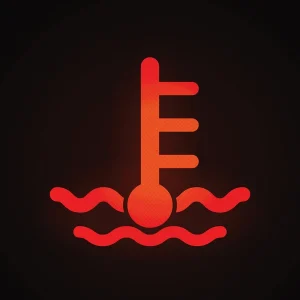
Signals the engine is overheating, often due to low coolant, a faulty thermostat, or radiator issues. Stop the vehicle, let it cool down, and check coolant levels; seek professional help before restarting.
Battery Charge
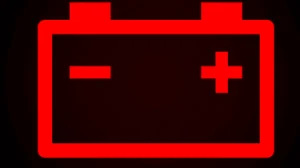
Shows the battery isn’t charging properly, possibly from a failing alternator or loose belts. The car may lose power soon. Stop driving, turn off non-essential electrics, and have the charging system inspected immediately.
Airbag System

Means there’s a fault in the airbag setup, like a sensor error or wiring issue. Airbags might not deploy in a crash. Stop and visit a service center to diagnose and repair for safety.
Seatbelt Reminder

Alerts if the driver or passengers aren’t buckled up. It’s a safety prompt to prevent injury. Fasten all seatbelts before driving; if it persists, check for sensor faults and get it fixed.
Power Steering Failure

Indicates loss of power steering assistance, making the wheel hard to turn. Causes include low fluid or pump failure. Pull over, as steering could become dangerous; have it towed to a mechanic.
Brake Fluid Low
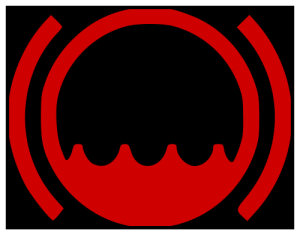
Warns of insufficient brake fluid, which can lead to brake failure. Leaks or worn components are common causes. Stop immediately, check for leaks, and top up fluid; seek professional repair.
Transmission Overheat
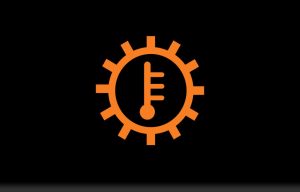
Signals the transmission is too hot, possibly from low fluid or heavy load. Overheating can damage gears. Stop the car, let it cool, and check transmission fluid; avoid driving until serviced.
Engine Overheat
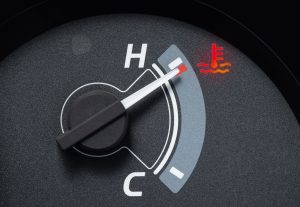
Similar to coolant but focuses on overall engine temperature rise. Causes include blocked radiator or fan failure. Pull over, shut off the engine, and wait for cooling; consult a mechanic.
Parking Brake Engaged
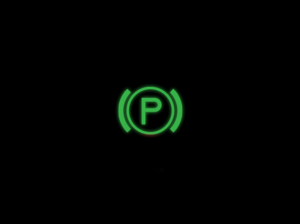
Reminds if the parking brake is on while driving, which can overheat brakes. Release the brake immediately; if it stays lit, check for mechanical issues and fix them.
Master Warning (Red)
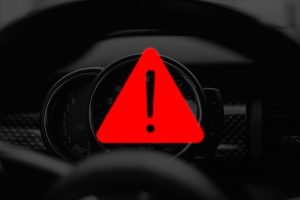
A general alert for critical issues like multiple system failures. Investigate the cause via the car’s display. Stop driving and address the underlying problem at once.
Hydraulic Brake Booster
Signals failure in the brake booster system, reducing braking power. Vacuum leaks or pump faults cause it. Stop safely and have the vehicle towed for immediate repair.
Yellow/Amber Warning Lights (Action Required Soon)
These lights indicate issues that need attention soon but don’t require immediate stopping; address them to avoid escalation.
Check Engine
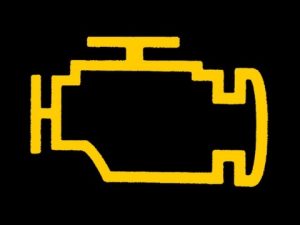
Means the engine management system detects a fault, like sensor issues or emissions problems. Schedule a diagnostic scan at a service center soon to prevent further damage.
ABS System
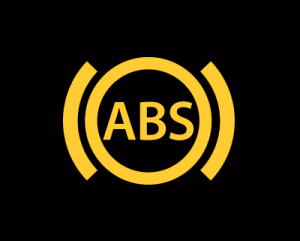
Alerts to a problem in the anti-lock braking system, such as sensor failure. Brakes still work but without anti-lock. Have it checked by a mechanic within a few days.
Tyre Pressure Monitoring
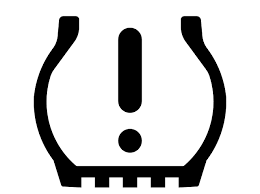
Indicates low pressure in one or more tires, risking blowouts or poor handling. Check and inflate tires to recommended levels; if it persists, inspect for punctures.
ESP/ESC Stability Control
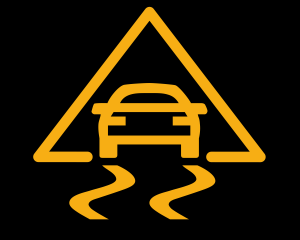
Shows the electronic stability program is faulty or off, affecting traction in slippery conditions. Turn it back on if possible; visit a service center for repairs.
Glow Plug (Diesel Models)

For diesel engines, it signals preheat issues or glow plug failure, making starting hard. Wait for it to go off before starting; replace plugs if needed.
DPF Filter
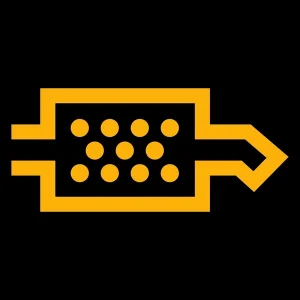
Warns the diesel particulate filter is clogged with soot, reducing efficiency. Drive at higher speeds to regenerate it; if not, clean or replace at a garage.
Service Engine Soon
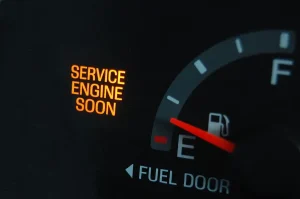
A general reminder for scheduled maintenance or minor faults. Check the owner’s manual and book a service appointment promptly.
Low Fuel
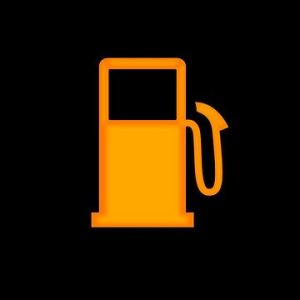
Alerts when fuel is critically low, to prevent running out. Refuel at the next station; avoid ignoring to prevent fuel system strain.
Door Ajar
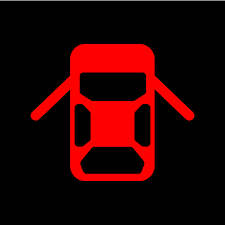
Indicates a door, trunk, or hood isn’t fully closed, which could be unsafe. Stop and secure all closures; check latches if it remains on.
Traction Control Off
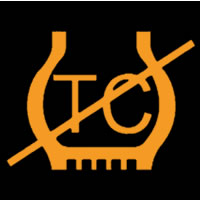
Means the traction system is deactivated or faulty, increasing slip risk. Reactivate it via controls; service if it won’t turn on.
Lane Departure Warning
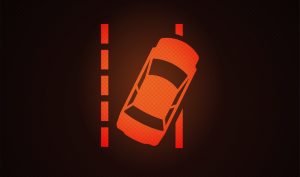
Signals an issue with the lane-keeping assist, like camera obstruction. Clean sensors and recalibrate; see a dealer if it stays lit.
Forward Collision Alert
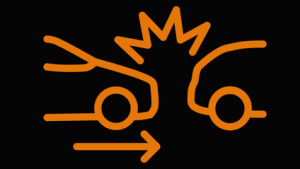
Warns of a fault in the collision detection system. Sensors might be dirty or misaligned. Clean them and test; repair if necessary.
Blind Spot Monitoring
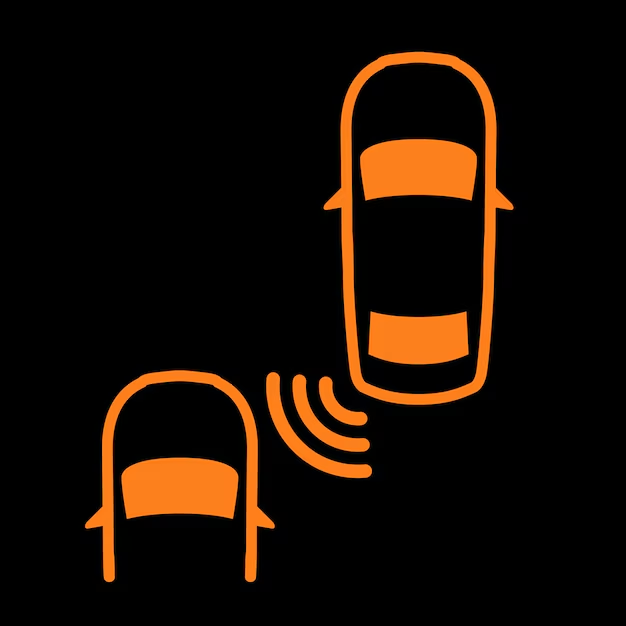
Indicates failure in side blind spot detection, reducing awareness. Check for sensor blocks and clean; have it fixed soon.
Transmission Warning
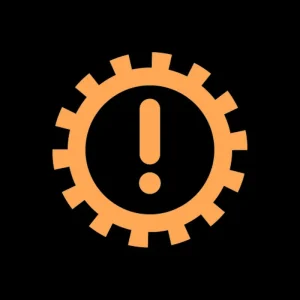
Alerts to gearbox issues like slipping or fluid problems. Avoid hard driving and get a transmission check at a service center.
Low Washer Fluid

Means windshield washer fluid is low, impairing visibility. Refill the reservoir with appropriate fluid as soon as possible.
Green Information Lights (Information Only)
These lights provide status updates on active features or systems; no action is needed unless they indicate a change.
Headlights On

Shows the headlights are activated for better visibility in low light. No action required; it’s just a confirmation.
High Beam Active

Indicates high beam lights are on, for distant illumination. Dim them for oncoming traffic to avoid blinding others.
Turn Signal Indicator
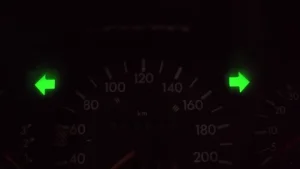
Blinks when turn signals are in use, signaling direction to other drivers. It turns off automatically after the turn.
Cruise Control Engaged
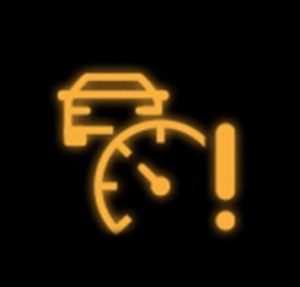
Confirms cruise control is set, maintaining speed automatically. Adjust or deactivate as needed via controls.
Eco Mode Active
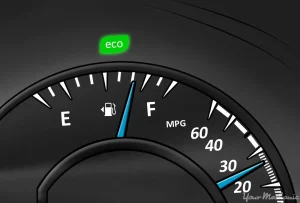
Means the economy driving mode is on, optimizing fuel efficiency. Switch modes if you need more power.
Fog Lights On
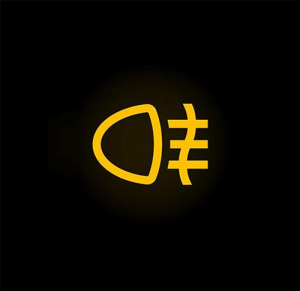
Shows front or rear fog lights are activated for foggy conditions. Turn off when visibility improves.
Hazard Lights Flashing

Confirms hazard warning lights are on, alerting others to a stopped vehicle. Use in emergencies and turn off when done.
Seat Heater On
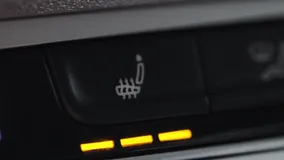
Shows the seat heating function is active for comfort. Adjust temperature or turn off via switches.
Rear Defrost Active
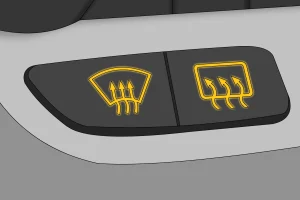
Means the rear window defroster is working to clear frost or fog. It often auto-shuts off after a set time.
Air Conditioning On
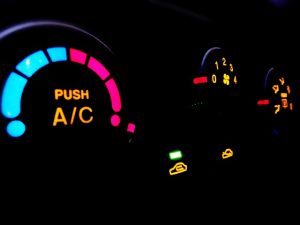
Confirms the AC system is running to cool the cabin. Adjust settings for comfort; no maintenance needed.
Sport Mode Engaged
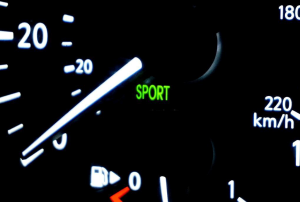
Indicates sport driving mode is selected for enhanced performance. Switch back to normal for everyday use.
4WD/AWD Active

Shows all-wheel drive is engaged for better traction. It activates automatically in slippery conditions.
EV Mode (If Applicable)
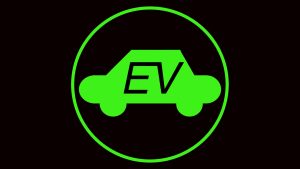
For hybrid models, means electric-only mode is on, saving fuel. It switches based on battery and speed.
Ready to Drive
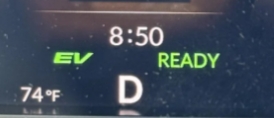
Signals the vehicle is powered up and ready, especially in keyless or electric versions. Proceed with driving normally.

